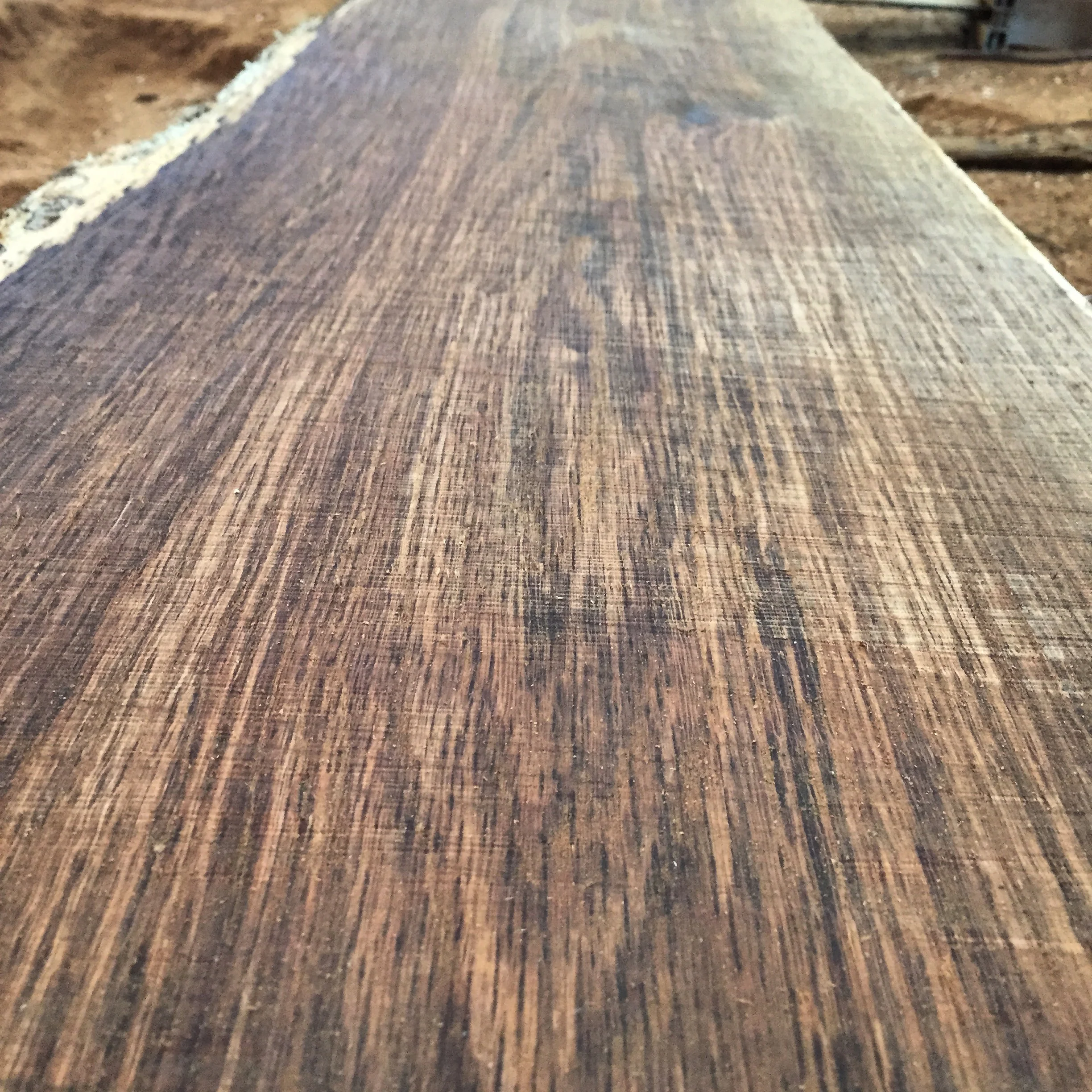A recent commission I worked on over Christmas was this Pippy/burr Oak coffee table. The spec was for something rustic but also bespoke and sleek. A hard combination sometimes as I often think most 'rustic' furniture can look pretty lazy.
I used some stopped, dovetailed half lap joints to tie the rails together.
For the legs I decided to go with a X shape and used strengthened Lap joints which are incredibly strong but also pretty time consuming to get perfect!
I Have to admit I feel like bowtie/butterfly keys are becoming a bit overused in furniture at the moment. I do appreciate the need to stop cracks from opening up though so put a couple in the top
All assembled and oiled with Osmo Polyx oil

































